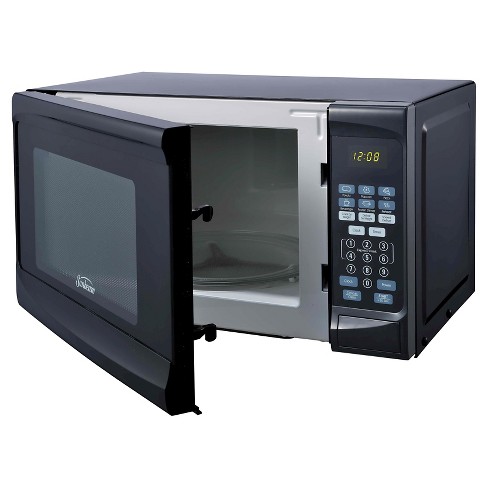Facts About Microwave Ovens
One of the most important technological developments in home appliances of the twentieth century, microwave ovens have simplified the art of cooking and made it easier for people to feed their families. According to surveys, Americans spent more than $343,000,000 on microwave ovens in 2018. Cooking can be difficult, time-consuming and frustrating. Using a microwave frees up your time to get out of the kitchen and enjoy time with your loved ones. If you have ever wondered how a microwave can heat up meals so quickly and efficiently, then keep reading.
What is Microwave Technology?
Microwave ovens operate by manipulating radio waves to move rapidly at a molecular level. These fast-moving radio waves cause the atoms that make up food to move quickly, which causes heat and, therefore, cooking. Radio waves can vary in length, but microwave ovens are designed to use only small ones for optimal cooking procedure.

How Does a Microwave Oven Heat Foods?
The microwave oven is constructed using a complex set of mechanisms. A device called a magnetron uses energy supplied from an electrical socket in your home and changes it into radio waves. Smaller devices like an rf directional coupler assist the magnetron in directing this energy. The magnetron sends the radio waves into the central area where the food has been placed. This central area has reflective walls, which keep sending the radio waves back through the food. Once the food has heated from the rapid radio waves, the microwave shuts off and is safe to open.
Can Microwave Ovens Be Dangerous?
Microwave ovens for home use have been designed so that the radio waves cannot escape the machine. There are a number of safety measures in place to protect you from the radio waves, including locks in the door, a metallic grid in the window and automatic shut-off capability. However, if you suspect your microwave oven may be malfunctioning, it can be a good idea to replace it or call a repair company.

